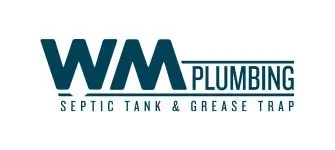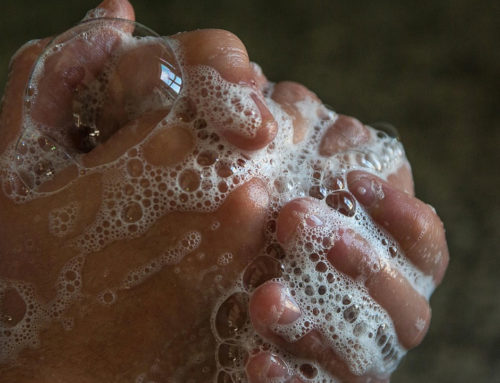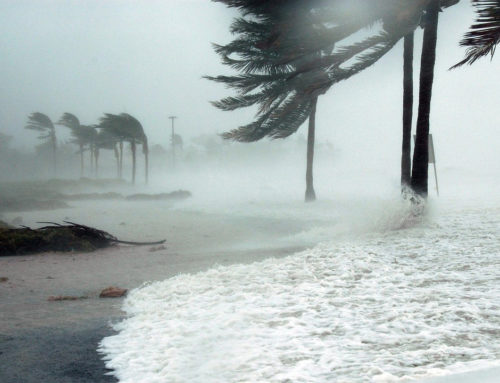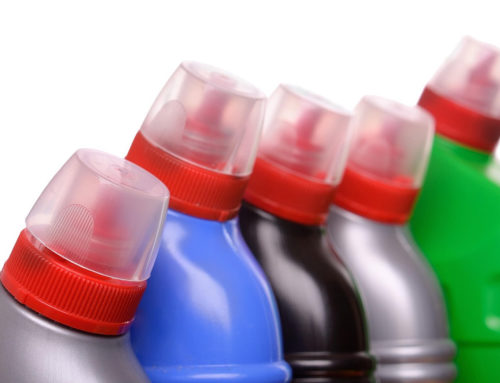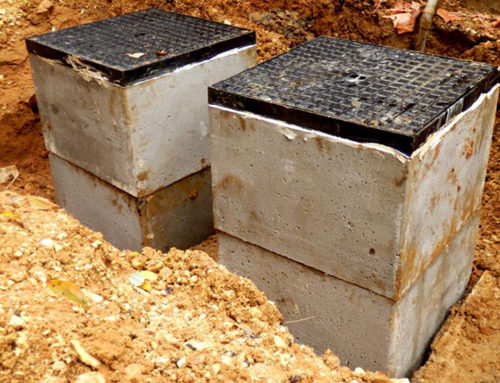Tips for Landscaping Around Your Septic System: Dos and Don’ts

Landscaping around your septic system not only enhances the aesthetic appeal of your property but also plays a crucial role in maintaining the functionality and longevity of your septic unit. However, it’s important to approach this task with caution to avoid any potential damage to your septic system. WM Plumbing outlines some essential dos and don’ts to consider when landscaping near septic units.
Do: Understand Your Septic System’s Layout and Components
To ensure safe and effective landscaping, it’s vital to have a clear understanding of your septic system’s layout and components. Locate the septic tank, drain field, and other critical elements. This knowledge will help you avoid accidentally damaging underground pipes or disturbing the system’s functionality while planning your landscaping project.
Don’t: Plant Trees or Large Shrubs near the Septic System
While trees and large shrubs may provide shade and beauty to your yard, their extensive root systems can infiltrate your septic system’s pipes, causing blockages and potential damage. Avoid planting these near your septic system, particularly within the drain field area. Opt for smaller, non-invasive plants that won’t pose a risk to your septic system’s infrastructure.
Do: Direct Rainwater and Downspouts
Away from the Septic System Excess water can overburden your septic system and lead to its failure. Ensure that rainwater and downspouts are directed away from the septic system. Divert the water towards well-drained areas of your property to prevent oversaturation in the drain field. Consider implementing gutter extensions and French drains to manage water runoff effectively.
Don’t: Install Impervious Surfaces over the Drain Field
The drain field requires proper aeration and drainage for optimal functionality. Avoid installing impervious surfaces such as concrete, asphalt, or impermeable pavers over the drain field area. These surfaces inhibit moisture absorption and can disrupt the natural filtration process. Instead, use porous materials like gravel or grass for adequate water infiltration.
Do: Maintain a Buffer Zone around the Septic System
Create a buffer zone around your septic system to protect it from potential damage. Keep heavy machinery, vehicles, and other objects away from the system’s components. Consider installing physical barriers or fencing to prevent accidental encroachment or damage during routine yard maintenance or construction projects.
Don’t: Use Harsh Chemicals Near the Septic System
Avoid using harsh chemicals near your septic system, such as pesticides, herbicides, or potent cleaning agents. These chemicals can disrupt the natural bacterial balance within the septic tank, leading to a compromised waste breakdown process. Instead, opt for environmentally-friendly alternatives and moderate usage to maintain a healthy septic system.
Do: Regularly Inspect and Pump Your Septic System
Regular inspections and septic tank pumping are essential for maintaining the longevity and functionality of your septic system. Schedule professional inspections at recommended intervals and adhere to a regular pumping schedule based on your household size and usage. A well-maintained septic system ensures efficient wastewater treatment and minimizes the risk of costly repairs. Landscaping around your septic system requires careful consideration and adherence to certain dos and don’ts. By understanding your septic system’s layout, avoiding planting invasive vegetation, directing rainwater away, maintaining a buffer zone, and using septic-friendly practices, you can ensure your septic system’s long-term health and effectiveness. By following these guidelines, you can create a beautiful landscape while safeguarding the functionality of your septic unit for years to come. Contact us at WM Plumbing and schedule a consultation with our plumbing in Doral, FL experts.
Further Reading
Proper Landscaping Around your Septic System
The Do’s and Dont’s for Landscaping Around Your Septic Tank
Everything You Need to Know About Landscaping Around Your Septic Tank
